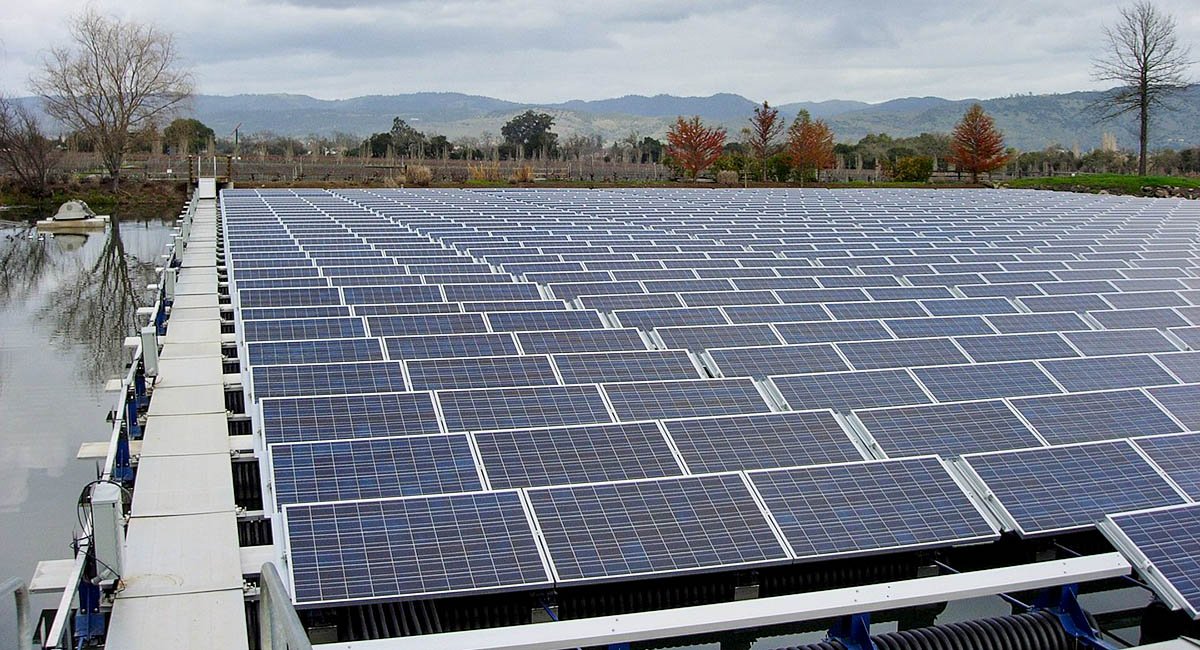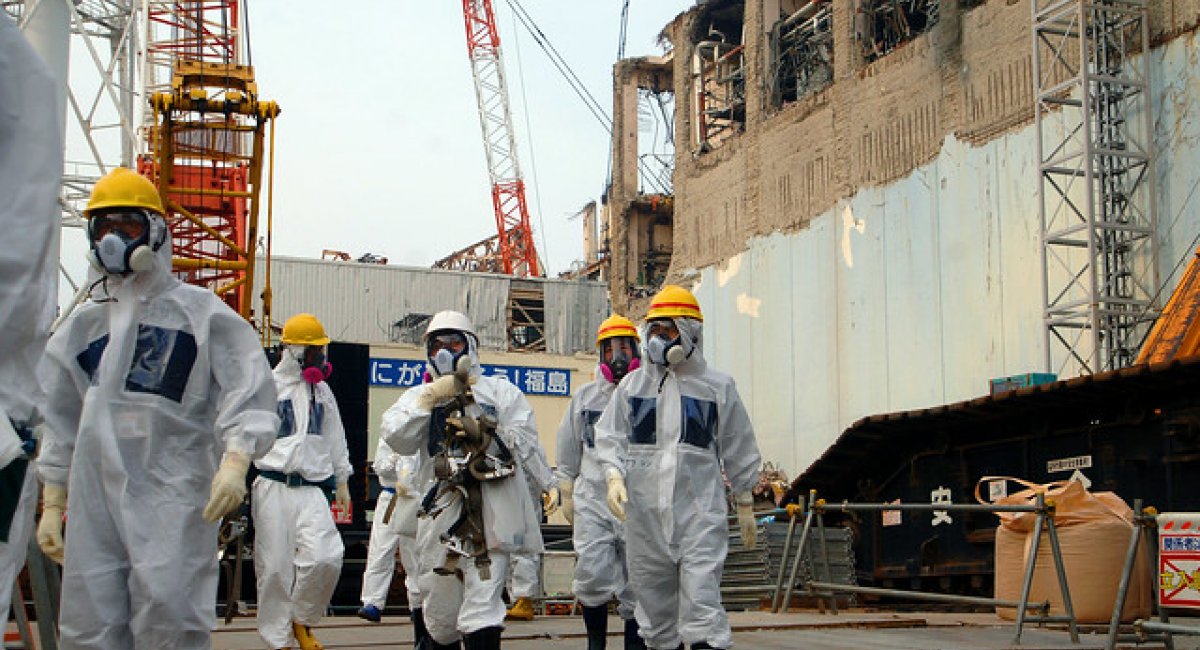Floating solar farms

Floating solar farms, also known as "floatovoltaics," are an efficient way to collect solar energy. They have a number of advantages over land-based systems:

Floating solar farms, also known as "floatovoltaics," are an efficient way to collect solar energy. They have a number of advantages over land-based systems:

In 1991, researchers at Berkeley Lab invented a triple-glazed window they hoped would revolutionise the building industry. Though windows with three panes had existed for years, what distinguished Berkley’s design from precursors was the presence of a centralised, thin layer of glass. This made the window lighter, as less material could be used to make the external panes. It also made the window more energy efficient, as compartments either side of the central layer could be filled with insulating gas.

According to The Japan Times, the tragic events of March 11, 2011, when a massive earthquake and tsunami triggered meltdowns at three nuclear reactors in Fukushima, forced Japan to reconsider nuclear energy. Today, 24 of Japan’s 33 reactors remain offline.
After the disaster, the government increased its push toward renewable energy, but it also invested heavily in coal projects. The dirty fuel was seen as the fastest, cheapest and most reliable way to keep the lights on.

Workers at the wrecked Fukushima Daiichi nuclear power plant have begun removing fuel rods from a storage pool near one of the three reactors that suffered meltdowns eight years ago. The measure marks a milestone in efforts to decommission the plant, although the more critical removal of melted fuel from inside three damaged reactors will prove far more difficult.

Until now, generating nuclear power has required massive facilities surrounded by acres of buildings and infrastructure. The nuclear industry is trying to change that picture—by going small. Efforts to build the nation’s first "advanced small modular reactor" (SMR) in Idaho, U.S.A., are on track for it to become operational by the mid-2020s.
Renewable energy is set to be generating 50% of global electricity by 2050.
The New Energy Outlook (NEO) 2018 says that the continuing fall in the cost of batteries will massively increase the ability to store off-peak electricity and sell it when demand is high, which will enable renewable technologies--particularly wind and solar projects--to take an increasing share of the electricity market.
Europe’s electricity market will be 87% renewable in Europe by 2050, while India’s will be 75% renewable, China’s 62% and 55% in the U.S., the report says.

A pioneering project by Highview Power will turn air into liquid for energy storage to help electricity grids cope with a growing amount of wind and solar power.

Japan, in a move that few could have foreseen, has opened at least eight brand new coal-burning power plants in the last two years and has plans for at least 36 more in the next ten years.
[Critics] say that the government is being weak on renewables and that the return to coal guarantees a major rise in air pollution, standing in direct conflict with Japan’s pledges to cut its greenhouse gas emissions. As it stands now, the country is responsible for a whopping 4 percent of global emissions, and that’s before the impending construction of 36 coal plants over the next decade.

What happens when the oil runs out?
We cannot go on using oil forever. We can do so for a few more decades - perhaps until 2070, then it will run out - or at least, there will be hardly any left.
At present, there is still plenty of oil under the North Sea and the Atlantic Ocean. Engineers keep finding new sources of oil, but there are some unavoidable issues with fossil fuels which cannot be ignored.

The renewable energy future will arrive when installing new solar panels is cheaper than a comparable investment in coal, natural gas or other options. If you ask the World Economic Forum (WEF), the day has arrived.